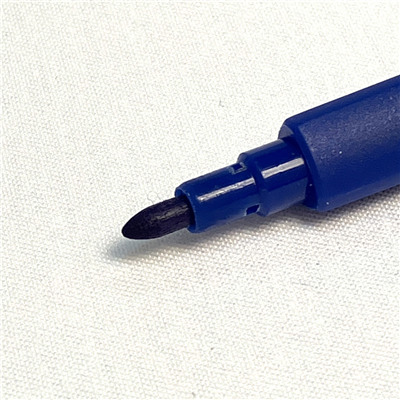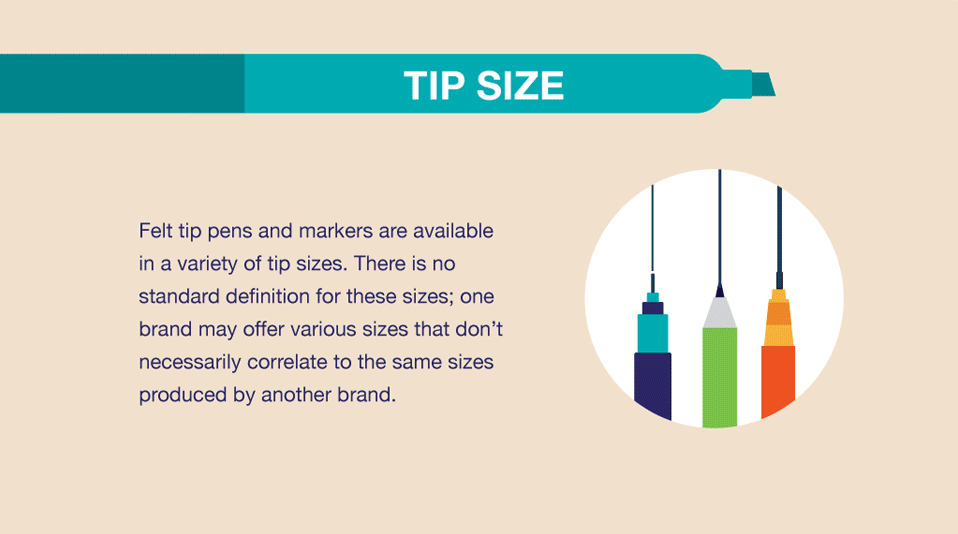Fine Tip vs. Bold Tip Pens: Which One is Better for Everyday Use?
Pens are indispensable tools for writers, and they come in an array of styles. It may be challenging to decide which one will work best for you, but tip size matters when selecting a pen.
Ink pens come in two primary styles: fine tip and bold point. Each has its own advantages and drawbacks, so it’s essential to understand how they function before purchasing one.
What are Fine Tip Pens?
Fine-tip pens are a type of pen with an ultra-thin nib, perfect for writing cursive and capturing fine details in notes. Additionally, these pens can be used in sketching, urban sketching, and other drawing projects.
When purchasing a pen, the tip size should be taken into account. Opting for a thin yet sturdy tip is key; thicker pens may cause the ink to smudge or fade over time.
These pens are ideal for people who write in small, condensed spaces like bullet journals or note-taking. With different ink colors available, you can color-code your notes to easily organize them by topic.
These pens are ideal for anyone searching for an enjoyable writing experience that’s both straightforward and enjoyable. Refillable and retractable, their textured barrel provides extra grip comfort while writing or drawing. These pens can be the perfect tool to help writers take their artwork to the next level.

What are Bold Tip Pens?
Bold tip pens are an excellent choice for anyone who wants to express themselves creatively through drawing or writing. Unlike other felt tip pens, these don’t fray or smudge easily and can work on all types of paper with ease. Plus, they’re inexpensive and come in various colors, so they’re great for art projects, highlighting notes, color-coding chores, and many other tasks.
Bold Tip pens are the pinnacle of writing instruments. Their innovative ink feed system delivers a steady stream of fast-drying ink, keeping smudges at bay. Plus, this unique pen is easy to recap and works on various papers; its fine point makes jotting down notes or marking up important documents a breeze. Plus, its handy clip allows for on-the-go writing with convenience; just attach it to your favorite notebook or throw it in your bag for convenient on-the-go writing sessions!
Comparison Between Fine Tip and Bold Tip Pens
When selecting pens, selecting the right one is paramount. Whether you’re using it for writing, art, or any other kind of project, having the perfect pen can make the task much simpler. That’s why understanding the differences between fine tip and bold tip pens is so important – so that you can find which works best for your requirements.
A Fine Tip Is the Smallest Option — Ideal for Writing with Precision Vs. A Bold Tip is the Largest Size — Ideal for Signatures, Handwriting, and More
Are you in search of a pen that writes clean, fine lines without leaving behind much smudge, then opt for a fine point? This type of pen works great when making notes or sketching tiny details – such as the inside of an envelope – with precision.
Felt-tip pens and markers are another popular choice, featuring a cloth or velvet tip that uses dye-based inks that are non-permanent. These felt-tip pens can be especially useful when drawing sketches since they won’t bleed or smudge. Plus, they’re great for creating outlines or sketching small details.
If you need to write something with a bolder stroke or want to draw attention to details, bold tips are the ideal solution. These pens can be used for creating signatures or handwriting, and they also work well on documents with thick borders and text.
- Use Case
Fine-tip pens are the ideal tool for anyone seeking precision and accuracy. They’re great for notetaking, labeling, and drawing with various colors that often feature an oil or alcohol base that makes them permanent and smudge-free.
They’re perfect for marking documents and other surfaces. They come in various shapes and sizes, many with felt tips to glide over paper smoothly.
When selecting a pen, there are many factors to consider – but the tip of the pen should always be taken into consideration. Not only does it influence how well you write, but it’s especially essential for creative endeavors like doodling or lettering.
- Thickness
If you’re searching for a pen that creates thicker lines than a fine tip, try a bold tip. They come in various widths and can create lines as thick as 0.8mm.
Gel pens come in three tip sizes, from micro to bold: with the micro tip leaving a line less than 0.5mm wide, the fine tip producing one around 0.7mm, and the bold tip creating one thicker than 0.8mm. They’re ideal for writing tasks requiring precision and permanence, such as letters, cheques, legal documents, artwork, or autographs.
These bold 1.2mm tips leave your markings looking crisp and smooth with every stroke. Not only that, but these pens are durable and smear-resistant, too – you’re sure to make a lasting impression with these tools!
- The Shape of the Tip
The shape of your tip can have an impact on how well you write with a pen. If your writing style is very small and precise, a fine-tip pen might not be ideal for you.
A fine-tip pen features a thin, felt tip for precise writing and drawing. Its smooth, sharp line is particularly useful when sketching, drawing, or journaling when you need to draw many small details with the pen.
If you want to create more opaque lines, bold-tip pens are an option. Unfortunately, they tend to be more expensive and may make your writing appear less neat.
Kaywin pens are produced in Wenzhou, China, by a modern joint-stock company and member of the China Writing Instrument Association. Our facility covers an area of 7000sqm plus an additional 14000sqm standard area with more than 400 staff. At present, we offer about 100 product models divided into 6 product series, such as ball pens, watercolor pens, fluorescent markers, permanent markers, whiteboard markers, and art sets that adhere strictly to EN71, ASTM D4236, and F963a standards. All our items meet EN71, ASTM D4236 & F963a requirements.


